17 Top Winter Golf Hacks
Our 17 top winter golf hacks will keep you playing and enjoying your time on the course whatever the weather

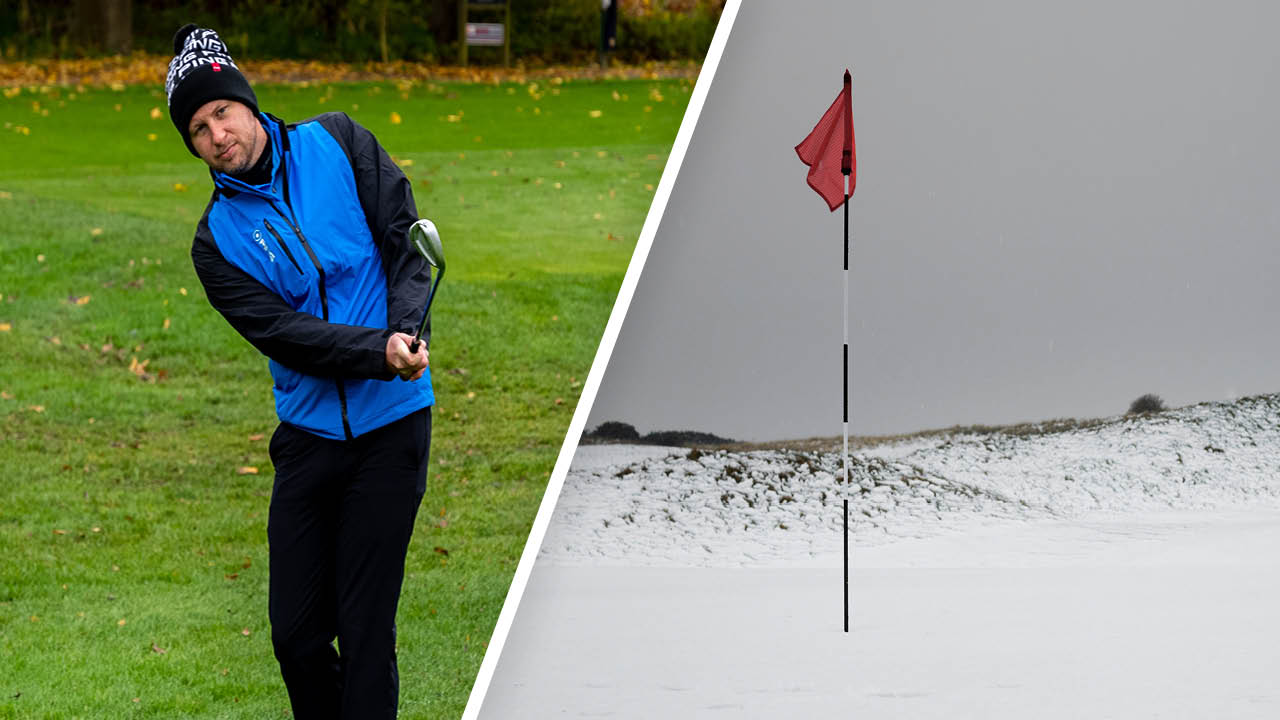
Golf Monthly created this content as part of a paid partnership with Ping. The contents of this article are entirely independent and solely reflect the editorial opinion of Golf Monthly.
The weather may not be quite as nice as those dreamy afternoons in the height of summer, but there’s no reason you can’t get out on the course through the winter months with the help of our winter golf hacks.
Winter is a great time to get in that extra practice, honing your skills ready for the first sign of daylight and sunshine. In this article and video, we help you adapt and thrive on the golf course when the temperatures start to drop and give some handy tips to keep you comfortable on the course.
1. Invest in high-quality outerwear
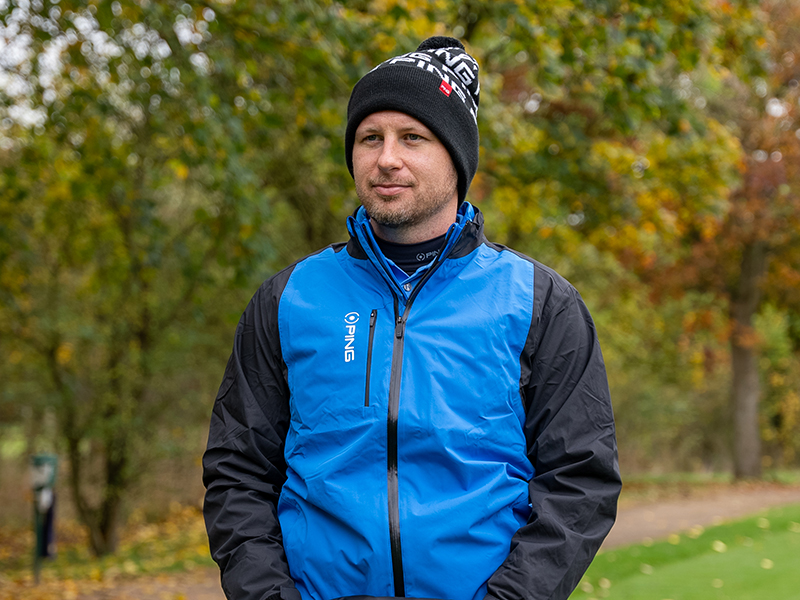
The improved technology in golf clothing has been noticeable in recent years, with outerwear being much lighter, more breathable and comfortable to wear.
Materials in these garments are now thinner and allow for more movement, so it’s much easier to play golf in. You really get what you pay for when it comes to outerwear and waterproofs, with good ones typically lasting for a long time, so it’s worth spending decent money on the best golf waterproofs as they will prove to be more than worth the extra money spent.
2. Change your golf balls
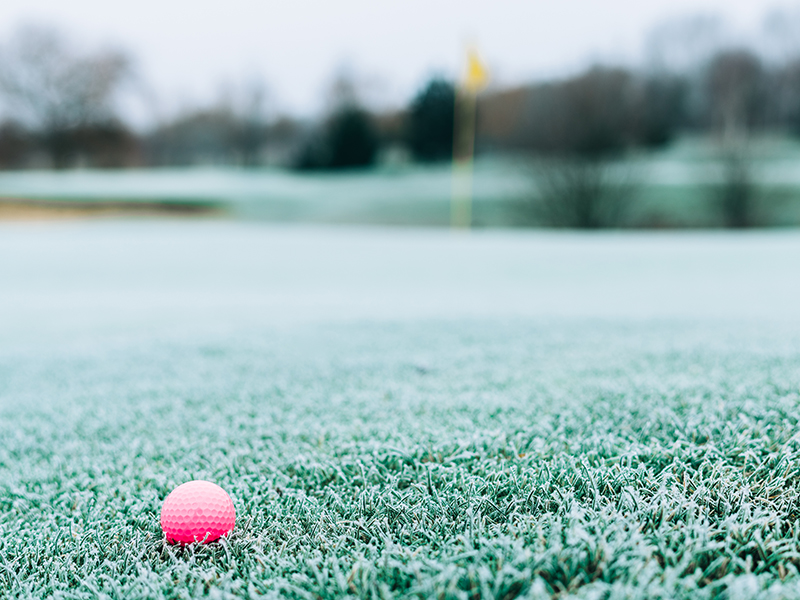
Most golfers like one particular model of ball, but it’s may be worth changing that preference to suit winter conditions.
You will likely benefit from a firmer distance golf ball that carries further through the air, as you want optimum carry when the fairways and greens are soft. Softer and colder conditions also mean you can afford the any decrease in softness, feel and spin around the greens.
Subscribe to the Golf Monthly newsletter to stay up to date with all the latest tour news, equipment news, reviews, head-to-heads and buyer’s guides from our team of experienced experts.
3. Practise your short game
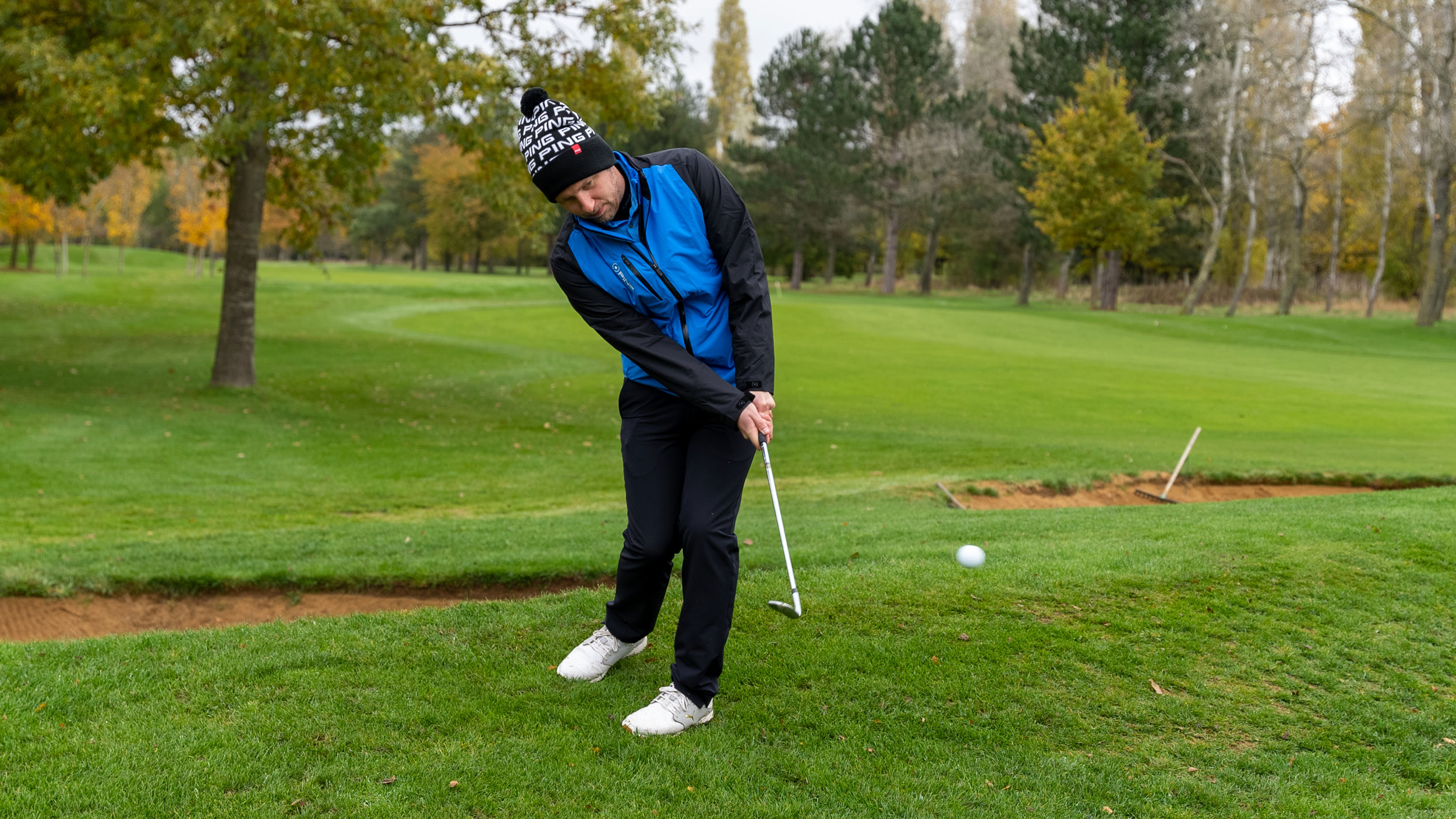
It can be easy to neglect your short game in the winter, but you should practice it at least as much for two very good reasons. Firstly, courses are playing longer and often tougher, so you’ll probably need it more often.
Secondly, you’ll be playing different kinds of short game shots from all sorts of lies and the ball will react differently on wetter and softer greens. Make sure you vary the lie when you practice and use the same model of ball you intend to use out on the course to make it more realistic.
4. Try a snood
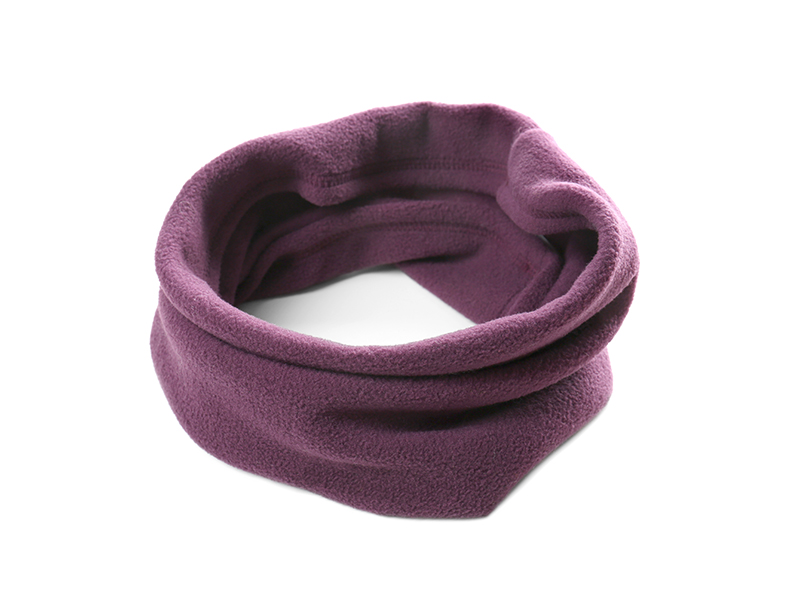
The best golf snoods are a brilliant additional on particularly cold and windy rounds because it will keep your neck warm and prevent drafts getting down your top, and you can also pull it up over your face if temperatures drop below zero.
5. Wear a base layer
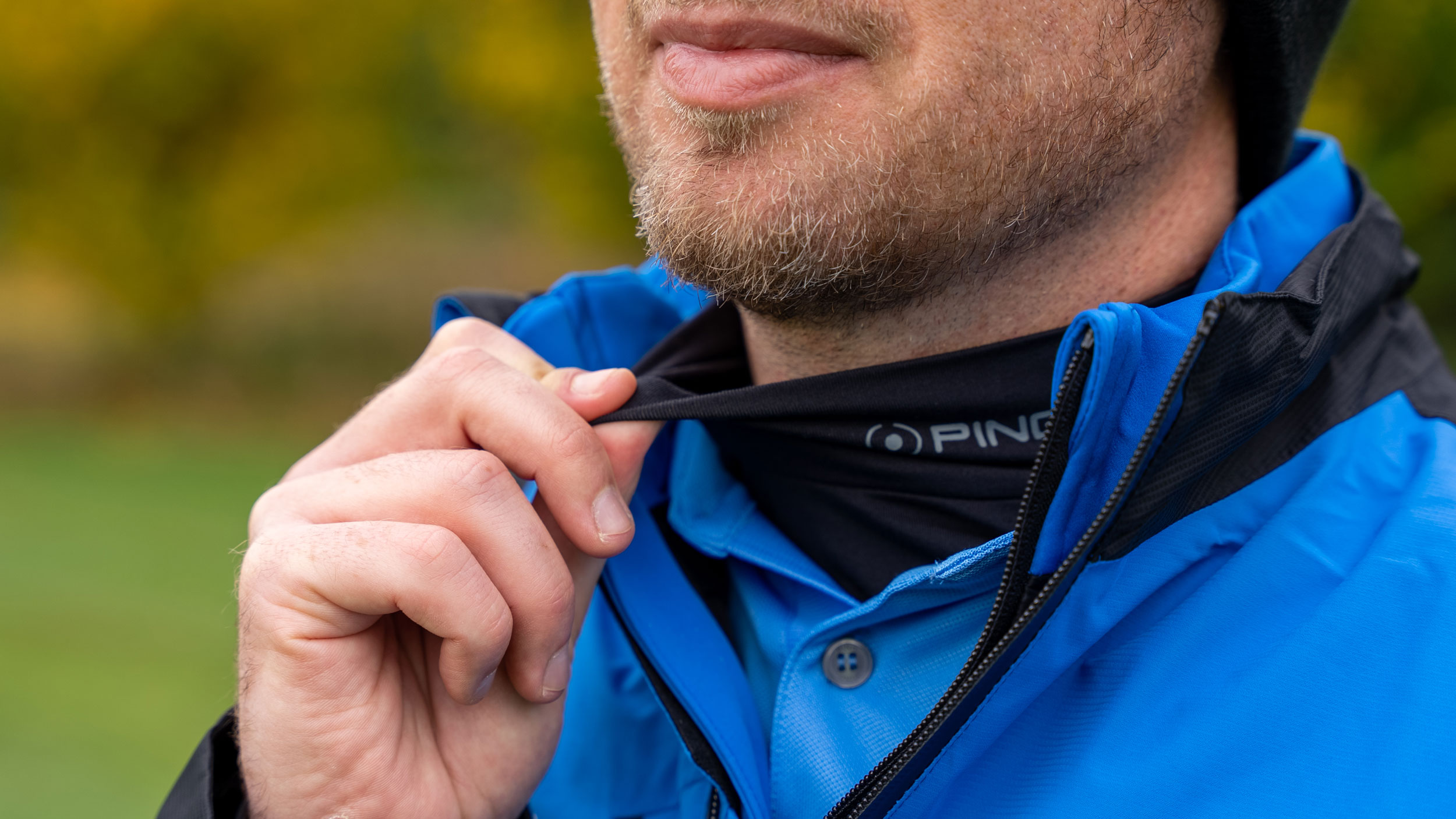
Staying warm on the course is high on the priority list, and the best golf base layers will help reduce heat loss from your core. The heat you feel from such a thin piece of material is fantastic, with many being skin-tight to increase the circulation of blood. Wearing a base layer won't affect your swing, as it isn't bulky and your barely even know you are wearing it. When it gets really cold, maybe even opt for some base layer bottoms to be on the safe side.
6. Get a good pair of wet weather gloves
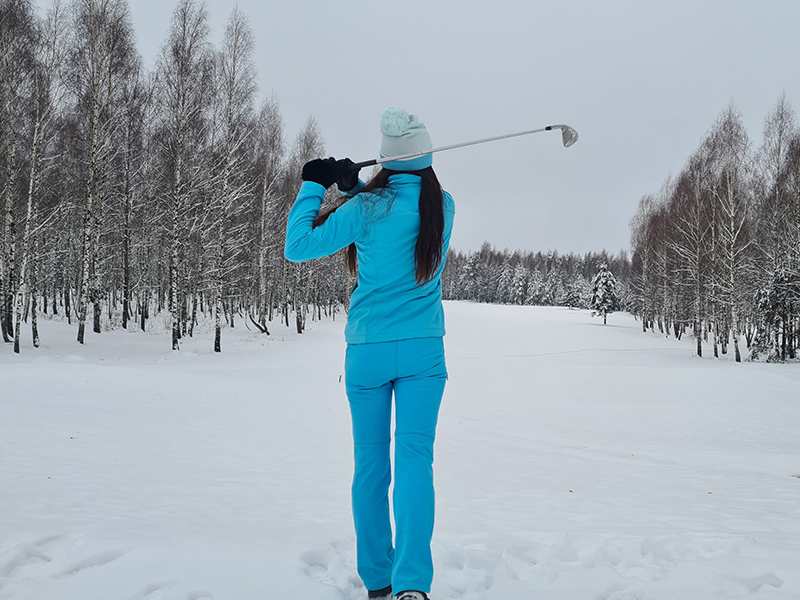
There’s nothing worse than losing grip in wet conditions, but a good pair of winter golf gloves will actually improve your grip of the club when they get wet.
They also tend to be a little thicker than a traditional glove, which helps keep your hands warm as well. They take a while to get used to, but can make all the difference during those winter rounds.
7. Carry your golf bag
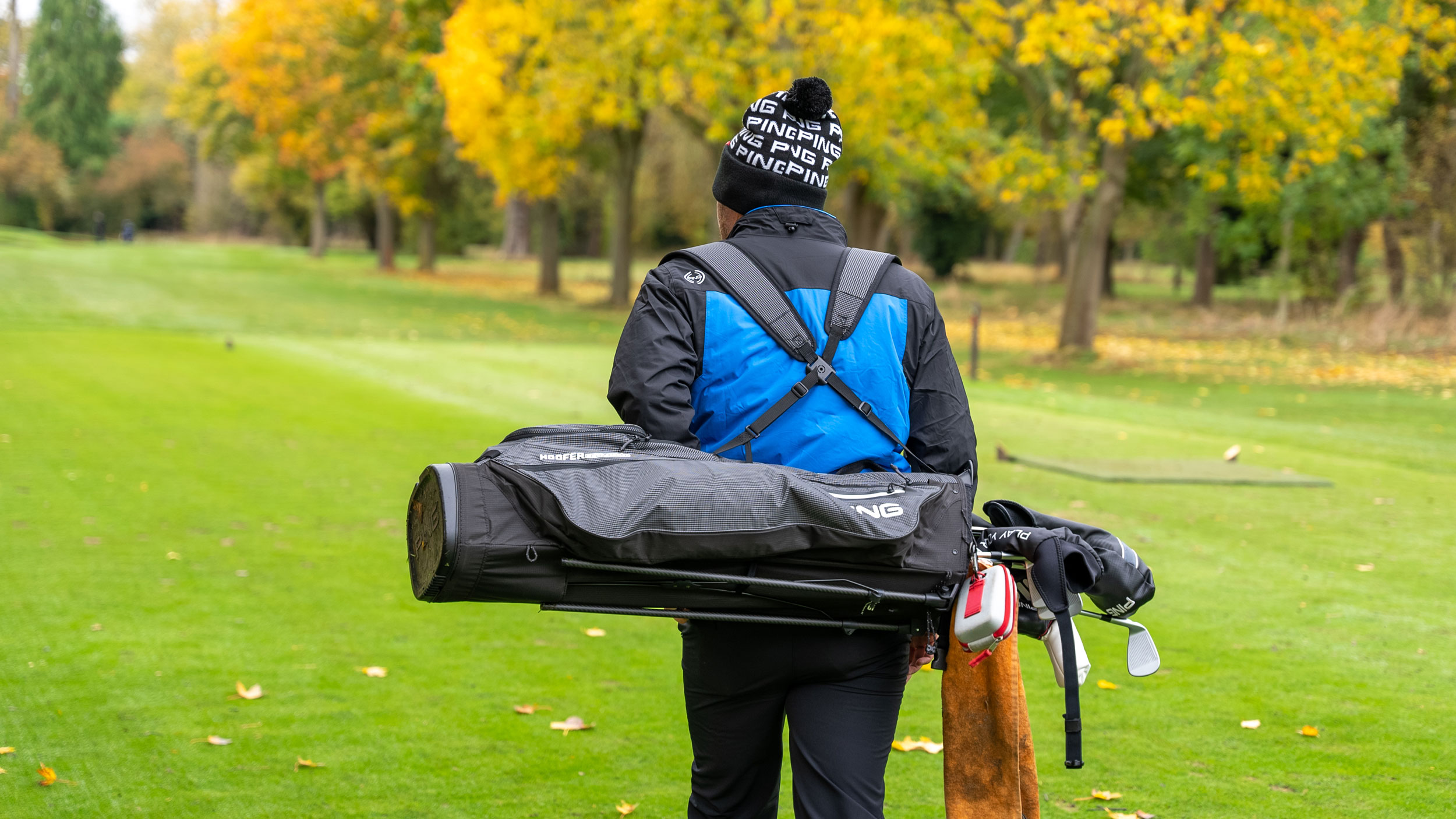
If you are able to do so, carrying your golf bag in the winter is a great idea. It will leave much less wear and tear on the course, and you will have much more freedom to move around what is likely to be an altered course map due to the cold or wet conditions.
Using one of the best golf stand bags is also far less hassle to get around as you don’t have to go out of your way to follow trolley routes or leave your bag a long way from where your ball is. It also leaves your hands free to put in your pockets to keep warm.
8. Keep your golf balls warm
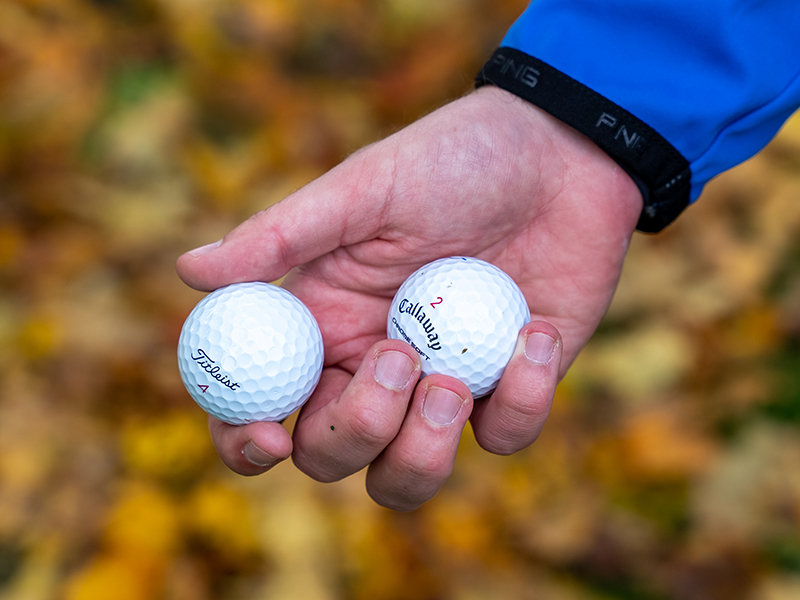
A warm golf ball will actually fly further than a cold one – roughly two yards for every 10 degrees centigrade. Store your golf balls in your pocket as your body heat will help you to get a few extra precious yards when you need them.
9. Try playing with half a set

Playing with half a set will make your bag lighter to carry, which is especially helpful if you’re used to using a trolley in the summer. It also enables you to increase your creativity and versatility on the course, and you might even find something you want to carry into the summer.
10. Keep your hands warm
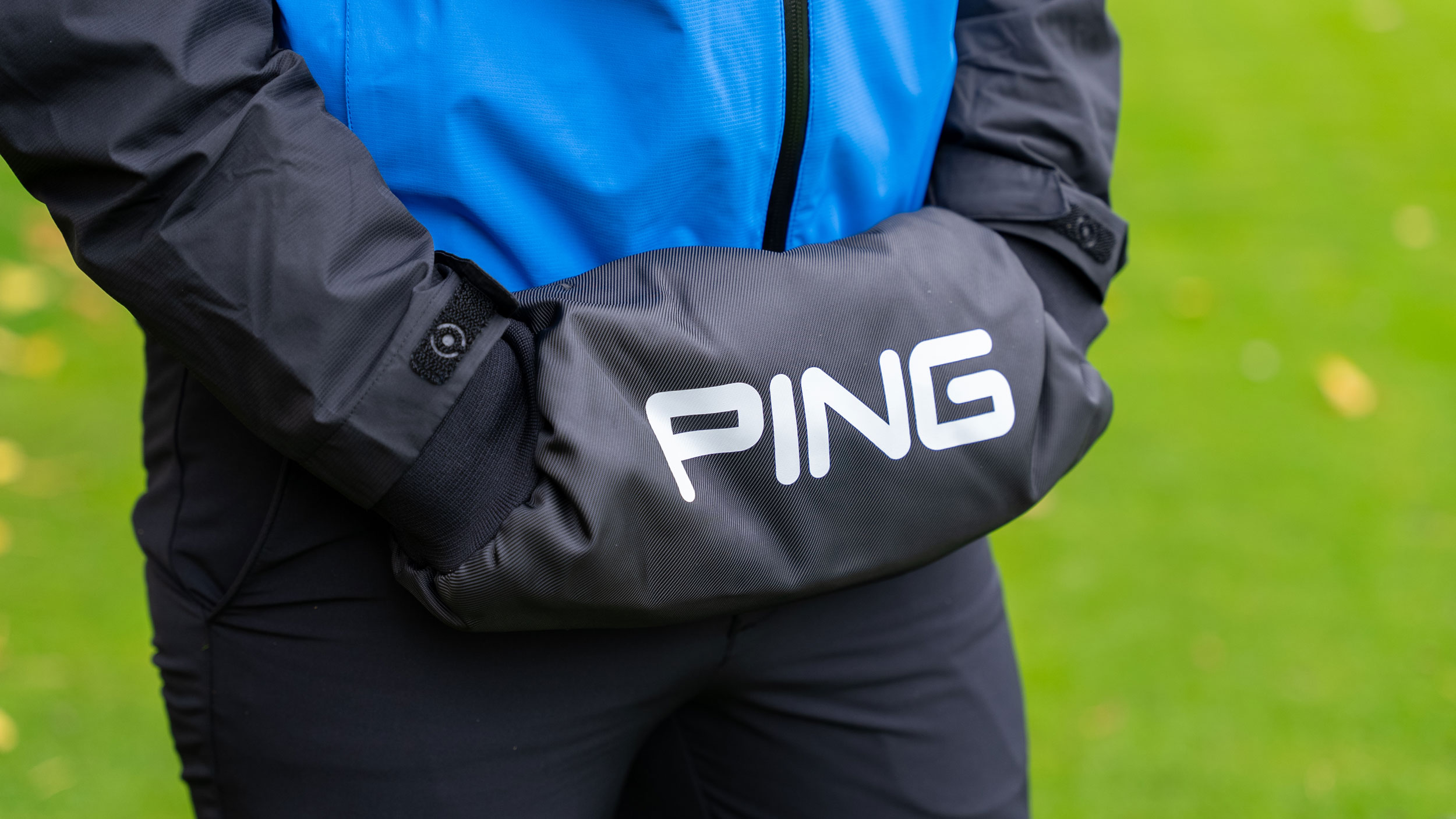
It’s absolutely essential that your hands stay warm and toasty while you’re playing. The moment they get cold you’ll lose a lot of feel and it’s really difficult to get them warm again.
Using a hand-warming pouch or the best golf mitts is a really effective way to keep them warm. Make sure you slip them on between every shot, and you can even put some hand warmers in them when it’s really cold.
11. Get winter trolley wheels
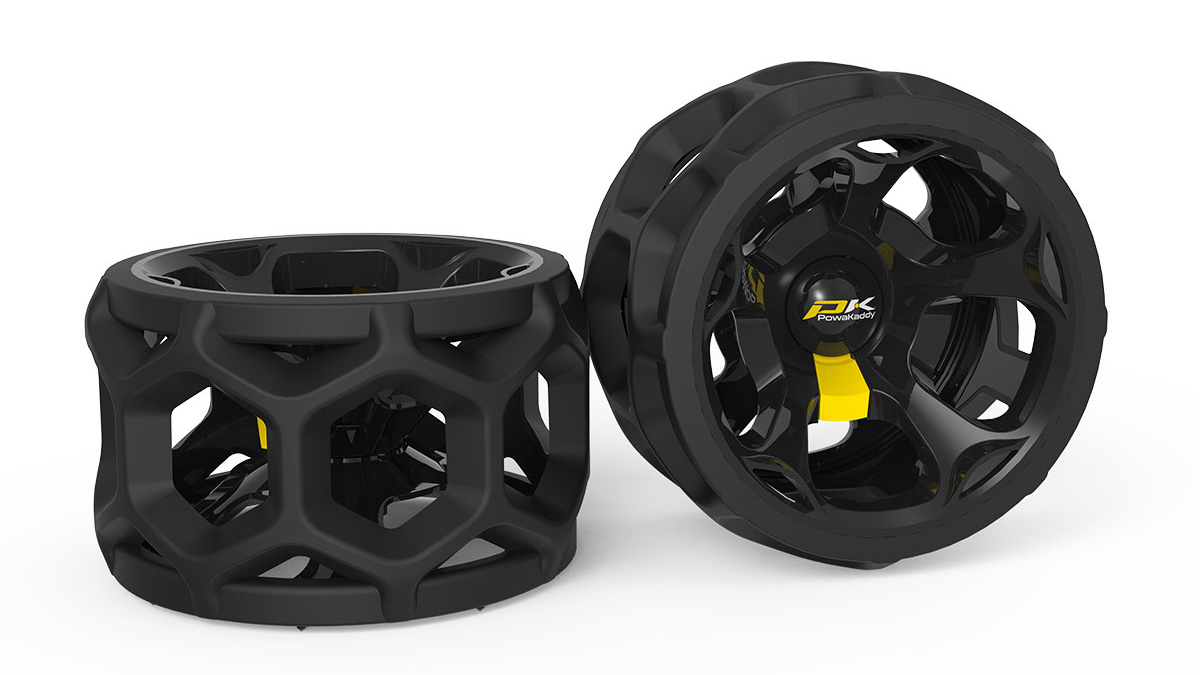
If you do need to continue using an electric trolley in winter, then using winter-specific wheels is a great way to reduce the impact you have on the course. At many courses, winter wheels are compulsory in the winter months, so be sure to check and abide by any rules that your club sets out.
12. Take more than one towel
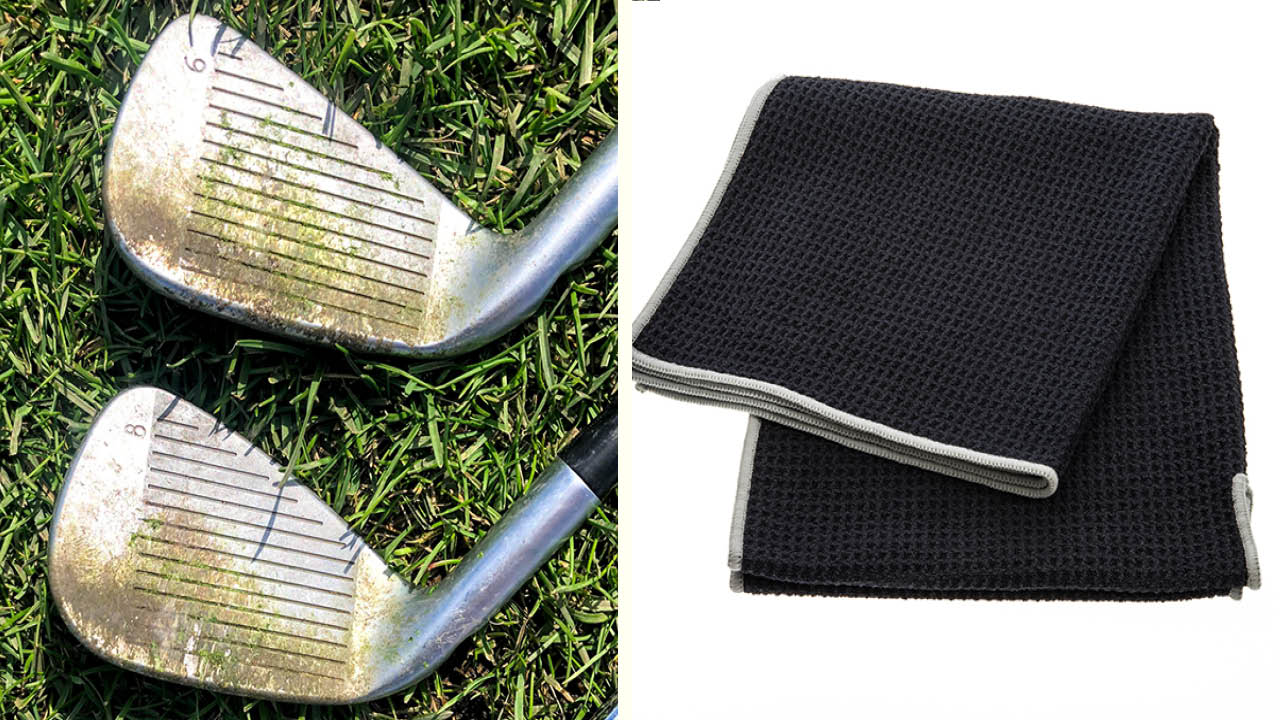
One thing that is inevitably associated with winter golf is mud - and lots of it! Your towel is going to get messy in winter as you go back and forth to wipe off your clubs. Cleaning your clubs throughout the round is important to ensure you can get a clean strike, so make sure to carry an extra towel to ensure you are able to play your best stuff.
An extra towel is also brilliant if it rains because you can use it to dry your grips without transferring any mud you’ve already cleaned.
13. Adjust your driver
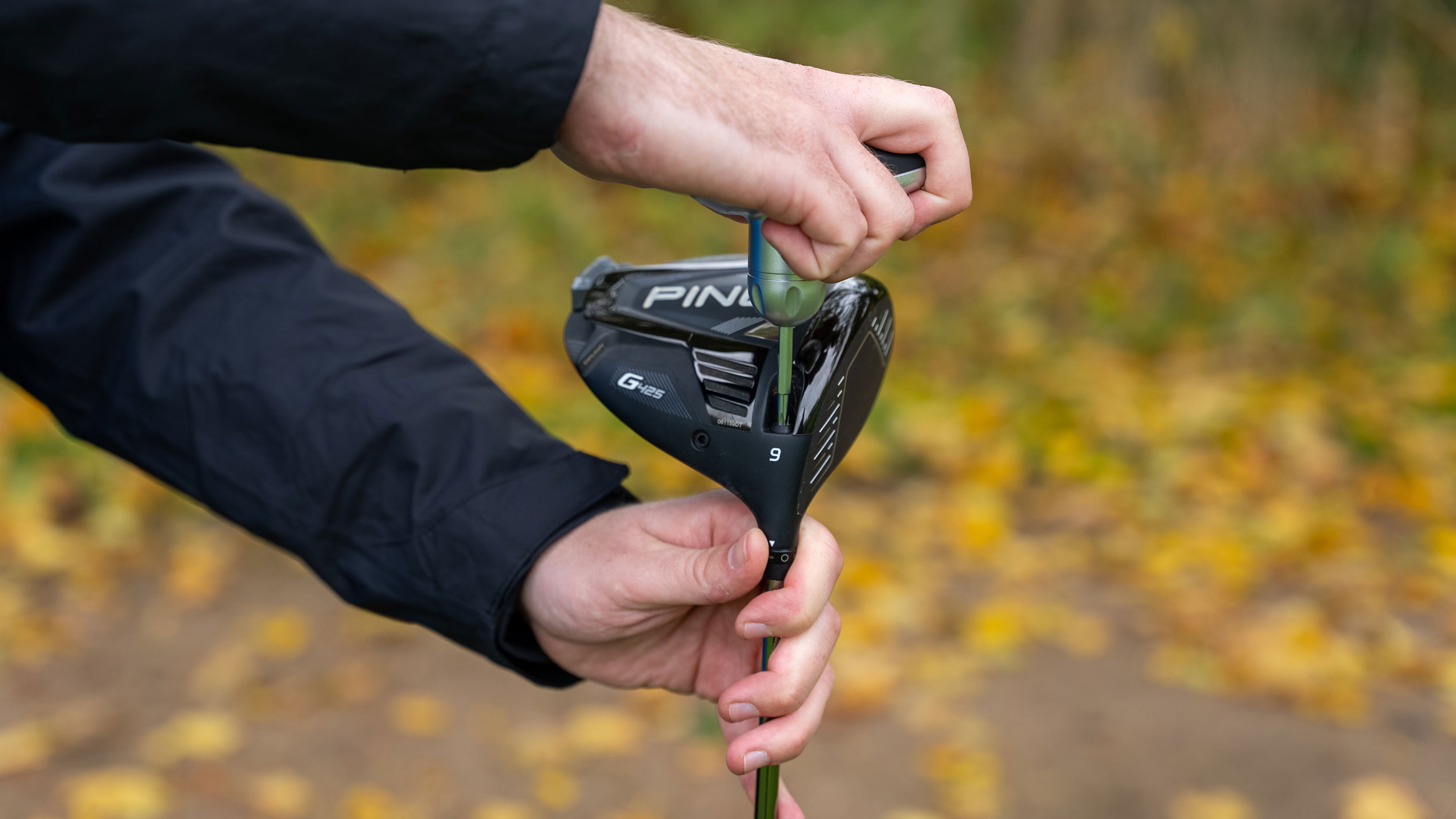
If your clubs own clubs that are adjustable you can give yourself a little added boost this winter, as those conditions are a great time to take advantage of the club's versatility. Soft ground means you will need more carry, so increasing the loft to launch the ball higher will you achieve this. Most of the best golf drivers will allow you to do this using a standard wrench tool.
Make sure you don't go too far and start ballooning it everywhere, and if in doubt ask your coach or a PGA pro to find the best set-up for you in the winter.
14. Use a waterproof bag
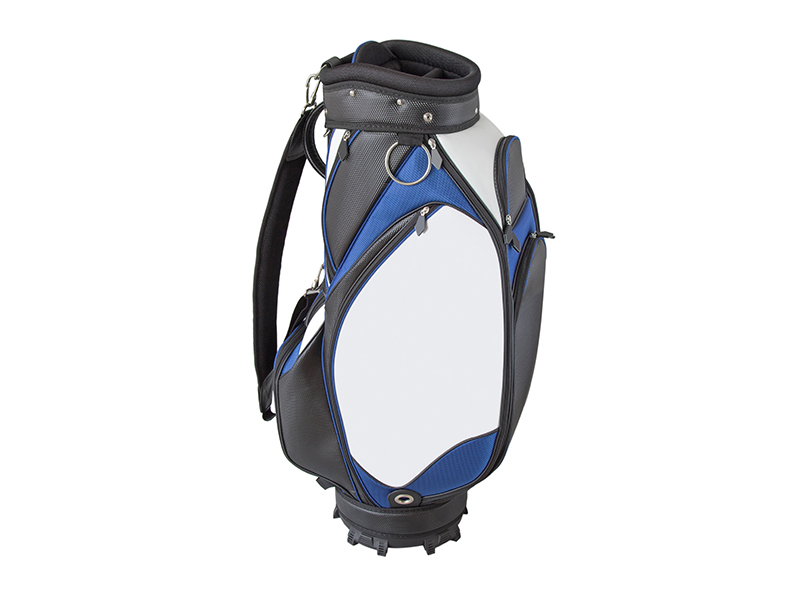
If you play in winter, it’s going to rain. Ensure you protect your golf equipment and personal belongings that you store in your bag like keys, phone and wallet, by making sure the outside is waterproof and the inside of the bag stays protected and dry - our guide to the best waterproof golf bags will steer you in the right direction.
15. Take more club
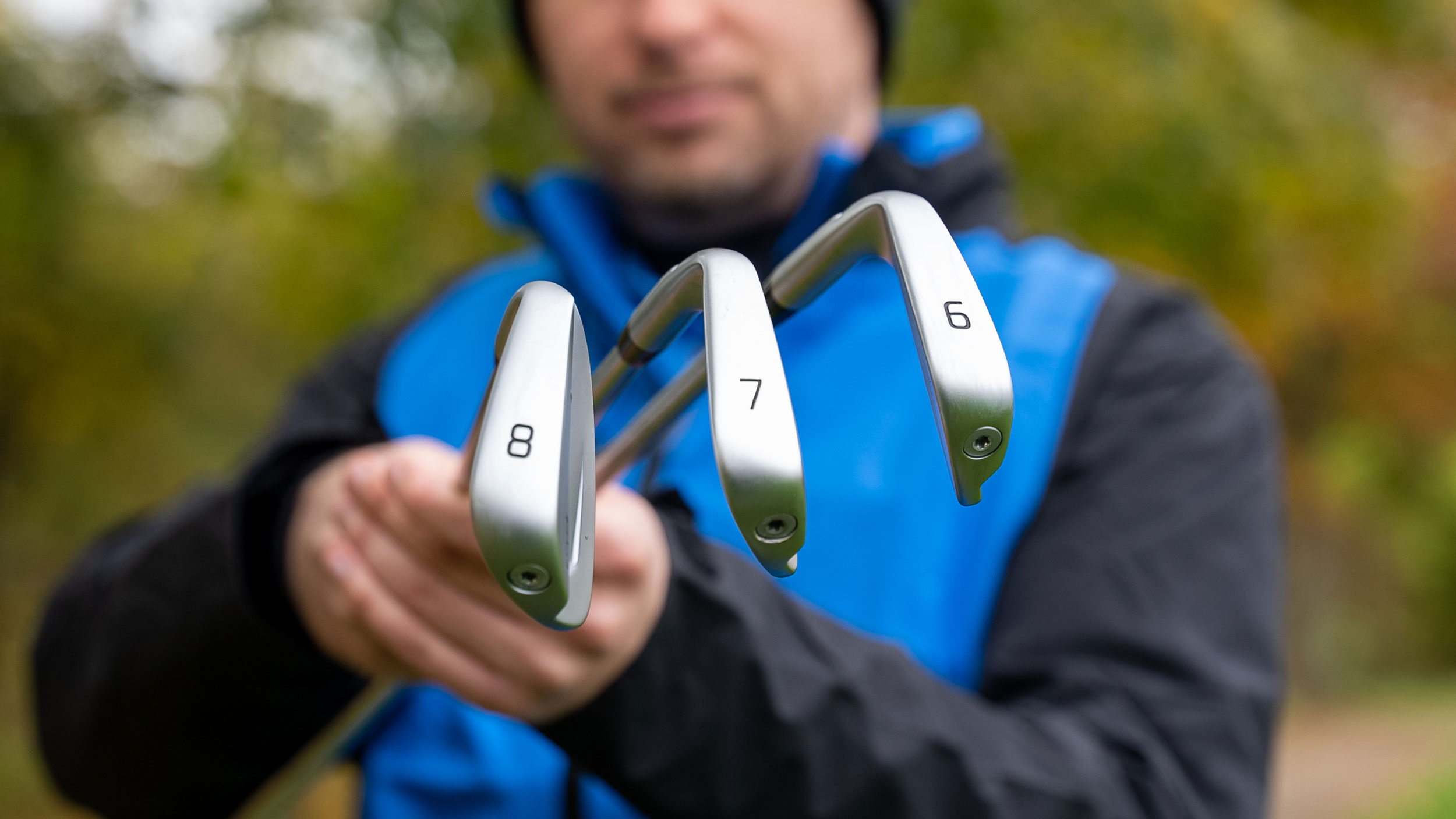
Your yardages will be shorter in winter because the ball doesn’t fly as far through the air and you’ll get much less roll when it lands. You’re also more likely to play in strong winds that will really knock the ball in the air, and heavy rain will also affect the ball flight. Generally, taking one extra club is usually a good idea, and conditions might dictate you’re playing two or three more clubs more than you might in the summer.
16. Adjust your putting perception
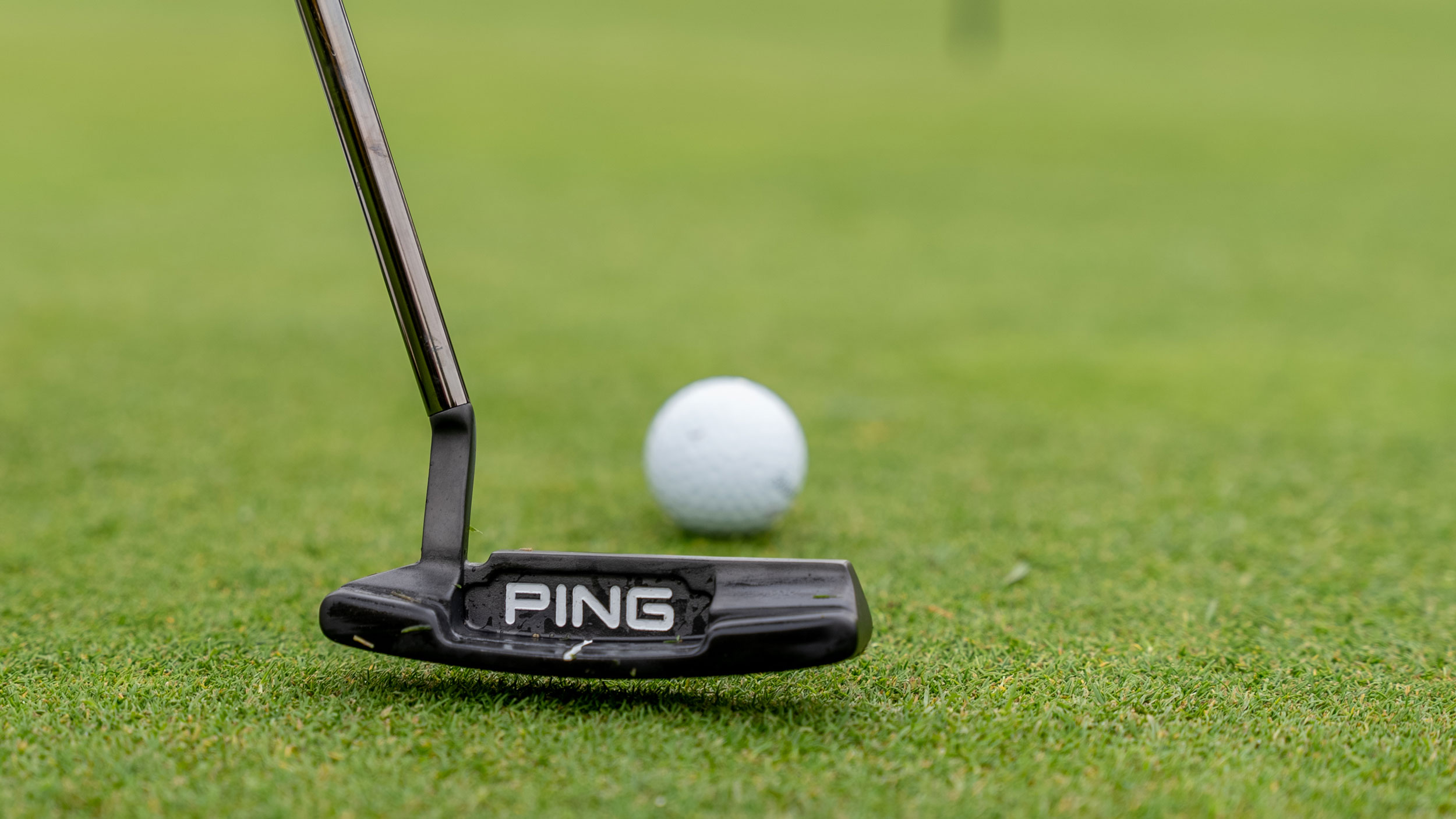
The longer grass and added moisture on greens in the winter means there’s more friction when your ball rolls, so putts will be slower and break less. Get yourself calibrated to winter speed and break and your course by spending plenty of time on the practice green.
Remember, you can putt more aggressively in winter because of the less speed and break. If you’re still struggling to get the ball to the hole, a putter with a firmer feel off the face or heavier weighting could also help. Another solution might be to switch to a mallet putter, which comes with the added benefit of more stability.
17. Keep the soles of your shoes clean
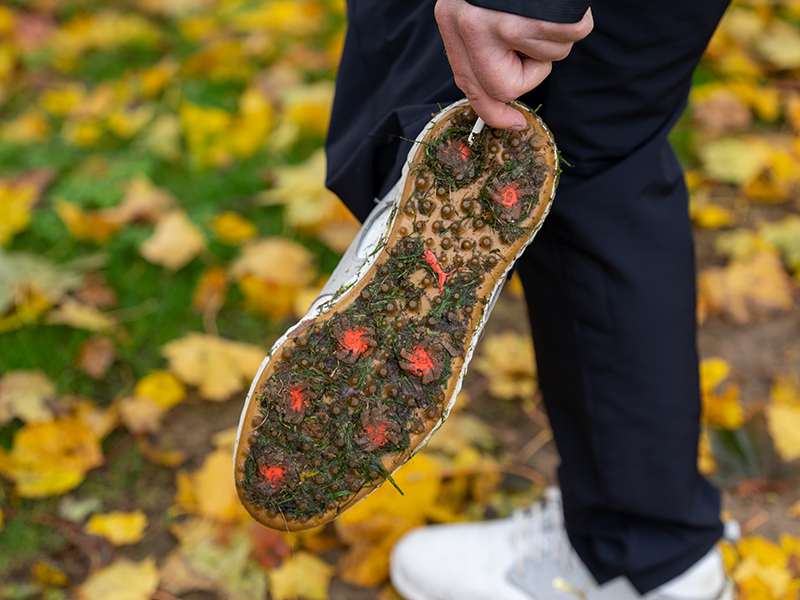
With the unpredictable surfaces in winter, it is really easy to slip. Your shoes get clogged up with mud, and whenever you introduce ice to a golf course things can get really dicey. Ensure you are well prepared by checking your shoes regularly and cleaning them. Try using a tee or pitchmark repairer before every shot, so you can swing with total commitment and stability.
If you're looking for more advice on playing winter golf, or looking to expand your winter wardrobe, be sure to check out our guides on the best waterproof golf jackets, best winter golf glove deals or how to pitch from muddy lies.
Kit Alexander is a golf broadcaster and journalist who commentates and presents for the DP World Tour, PGA EuroPro Tour and Rose Ladies Series. He has over 15 years’ experience of magazine and television work in the golf industry and is a regular contributor to Golf Monthly.
